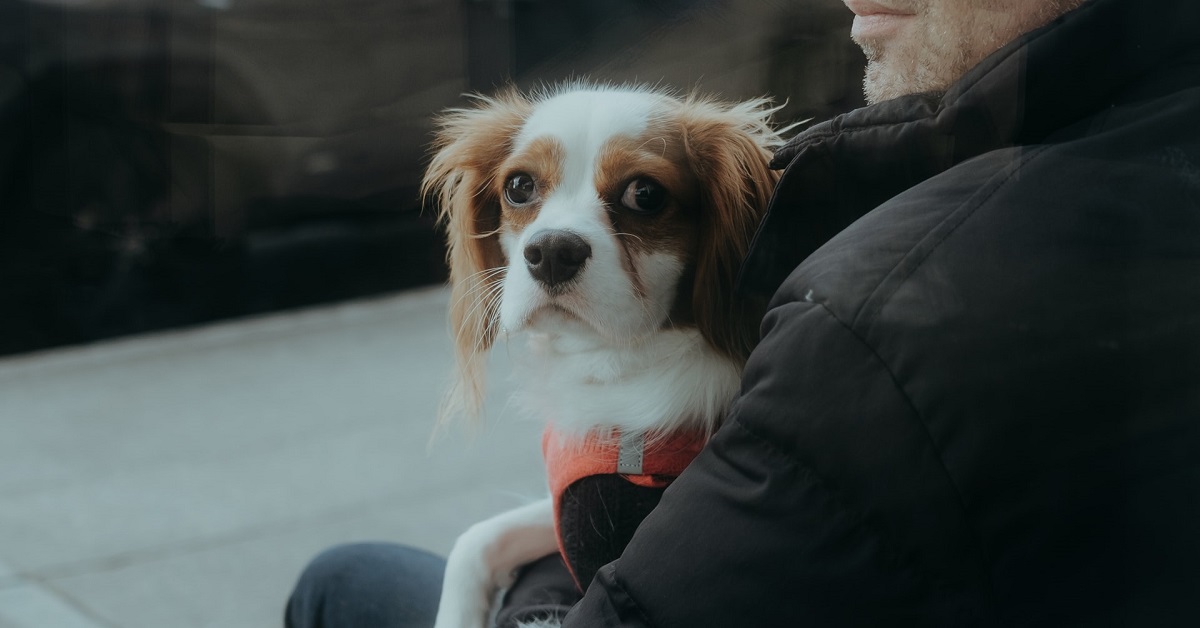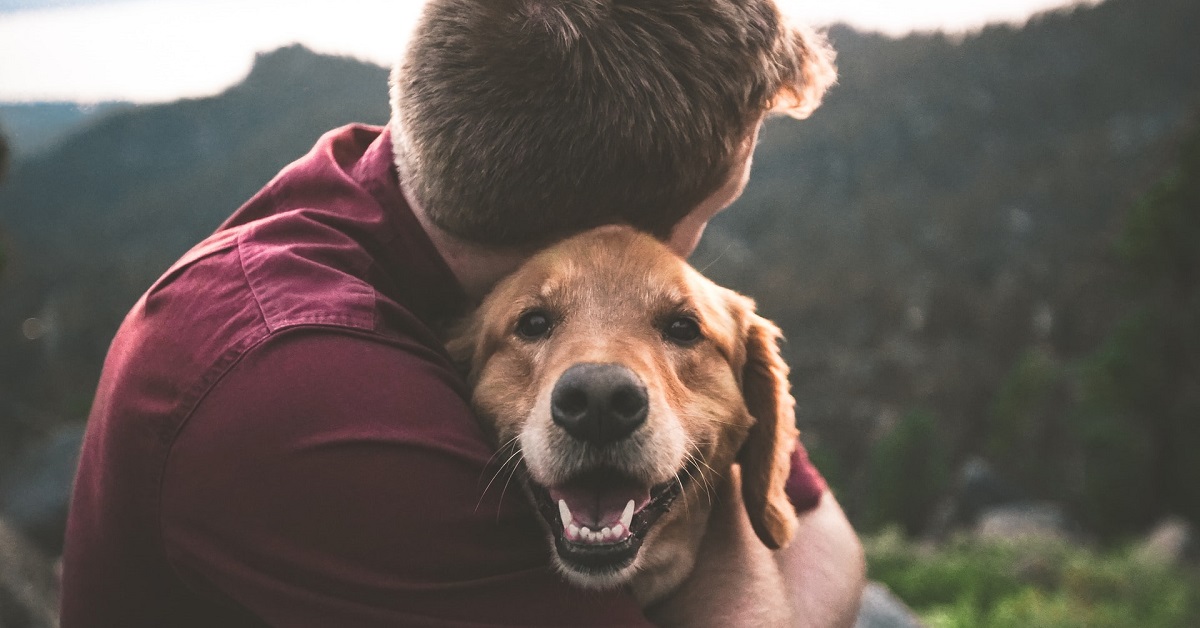Vetpharmacy.co.uk Cookie Policy : We use cookies to enhance your user experience. To find out more please view our cookie policy
What to Do if You Notice Your Dog Has Fleas

Fleas on your dog can bring about a variety of problems, ranging from irritation to serious illness. Fleas, fortunately, can be treated and future outbreaks avoided. Knowing how to spot flea eggs and flea larvae on dogs, as well as the best ways of treating your dog so that fleas don't return, is an important part of this. Keep reading to find out the best fleas treatment for dogs.
Identifying Fleas on Dogs
There are various methods you can use to determine if your dog has fleas. Keep an eye out for scratching or biting. Look for symptoms of fleas on your dog's skin, such as a small bug scurrying or hopping across their fur or black specks that are essentially flea excrement. To collect fleas or flea filth, comb your dog's fur with a flea comb.
You should also be able to identify flea eggs or larvae on your dog. Flea eggs are oval-shaped, off-white, and almost the size of a grain of salt. Because they're difficult to notice, you're more likely to find them in bedding. Flea larvae look like small, off-white worms after they hatch from flea eggs.
Flea dirt or adult fleas are more common than flea larvae or eggs. Tapeworm segments, which seem to be larger than flea eggs, may also be seen. They have the appearance of little grains of rice and appear where your dog sleeps or sits. How do dogs become infected with tapeworms? Tapeworms can be transmitted to your dog by ingesting fleas.

What kills fleas on dogs instantly?
If you see evidence of fleas, you should take action as soon as possible.
1. Use a flea and flea egg-killing product to thoroughly clean your pet. This will kill fleas, lice and ticks and flea eggs will not hatch for 28 days.
2. Use an intense vacuum cleaner to clean your entire house. A decent vacuum can eliminate a quarter of the flea larvae and more than half of the flea eggs. Make sure all floors, carpets and upholstery are vacuumed. If at all possible, have your carpets thoroughly cleaned. Take the vacuum outdoors after cleaning, detach the bag, and throw it away. Flea larvae and eggs can hide in the carpet; vacuuming for several days to get rid of all the flea eggs may be necessary.
3. Take precautionary measures to ensure that fleas do not return.
Learn more about tick and flea treatment in our previous blog post here:

Why is prevention important?
Once a flea has found a place to stay on your dog, it feeds and then lays hundreds of eggs in just a few days. Within only 30 days, ten mature female fleas can produce over 10,000 flea eggs. Eggs and larvae might be found in your lawn's grass and soil. Fleas can travel with your dog inside your home, laying their eggs on the carpet and furnishings. The eggs then go dormant for a few weeks before becoming adults. Fleas have a long life cycle, with an adult flea living for an average of 113 days.
The most efficient way to deal with a flea infestation is to get treatment for your pet and your home before one develops. To keep fleas from returning, it's important to treat your pet, treat your home and take care of your garden.
Shop online now at Vet Pharmacy for fleas treatment for dogs.
This blog post was written on behalf of Vet Pharmacy by Pharmacy Mentor.